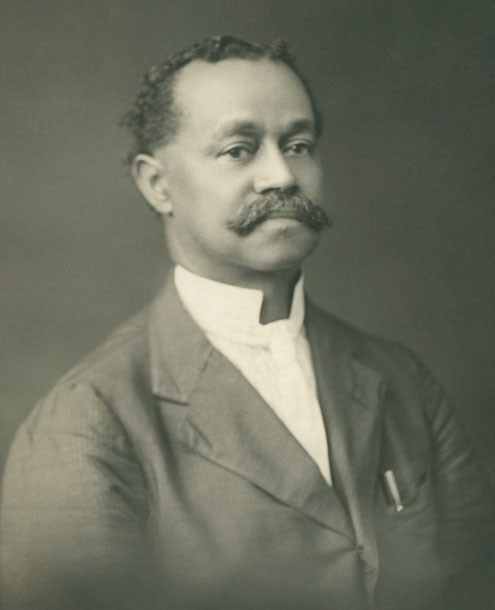A Hidden Life of Research
By Charles I. Abramson
Charles Henry Turner’s research on animal behavior remains relevant a century after his death, yet his name is largely absent from textbooks and history books.
Charles Henry Turner’s research on animal behavior remains relevant a century after his death, yet his name is largely absent from textbooks and history books.

One of three boxes in front of the honeybees contains a reward, if the bees can figure out which one. After a few tries, the bees learn to immediately go to the box with the pattern that contains the treat. But then the experimenter, Charles Henry Turner, changes which box holds the food, and the bees relearn where to go. In his makeshift laboratory at the high school where he taught biology, Turner performed 19 different careful and meticulous experiments for this one study, which showed that bees could learn using visual patterns. Turner published this study in 1911, in the middle of a remarkable scientific career that spanned from 1891 to 1923.

Wikimedia Commons/photo restored by Adam Cuerden
Click "American Scientist" to access home page
American Scientist Comments and Discussion
To discuss our articles or comment on them, please share them and tag American Scientist on social media platforms. Here are links to our profiles on Twitter, Facebook, and LinkedIn.
If we re-share your post, we will moderate comments/discussion following our comments policy.